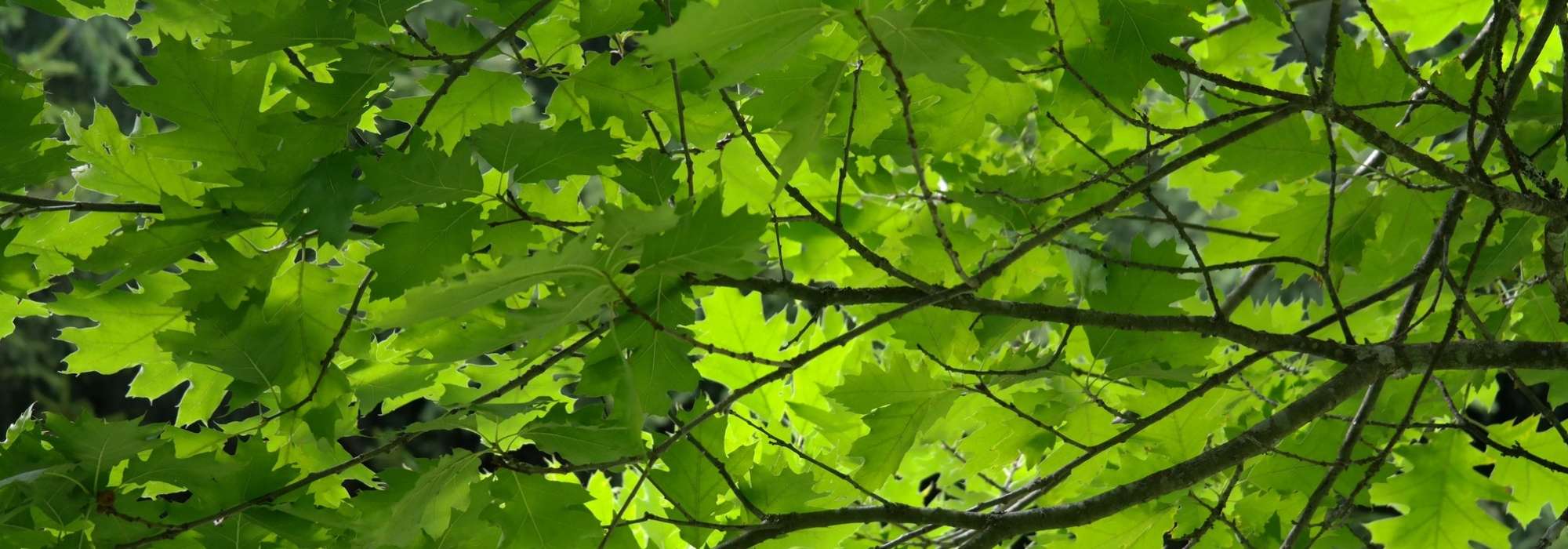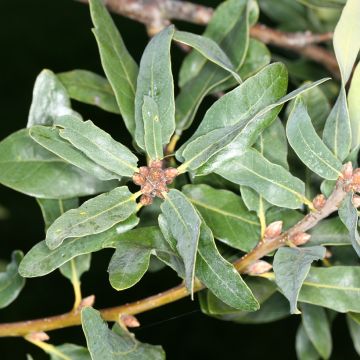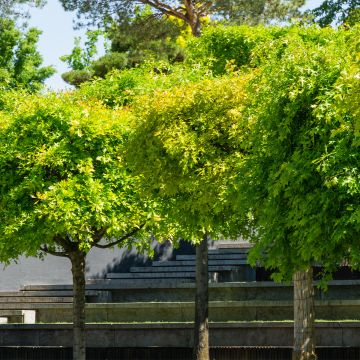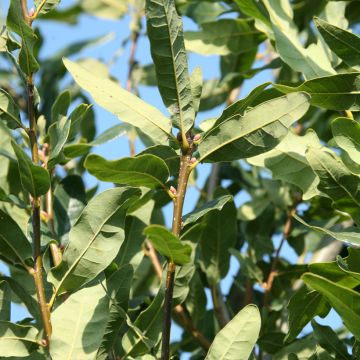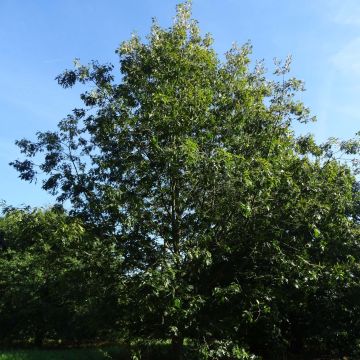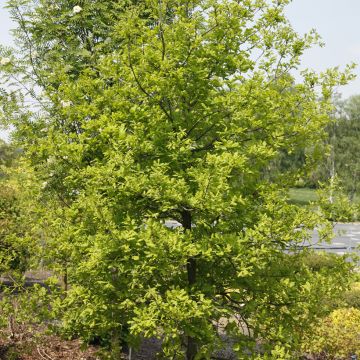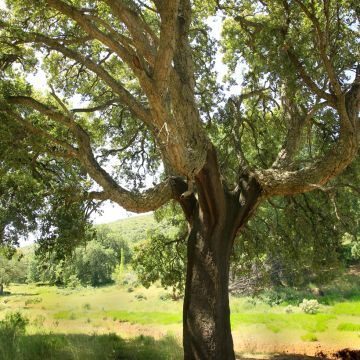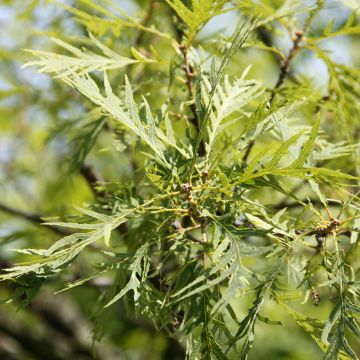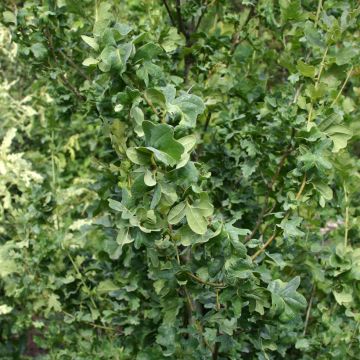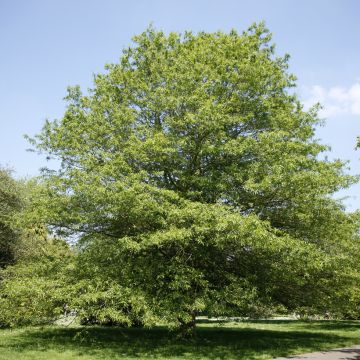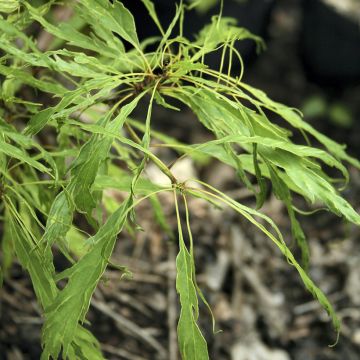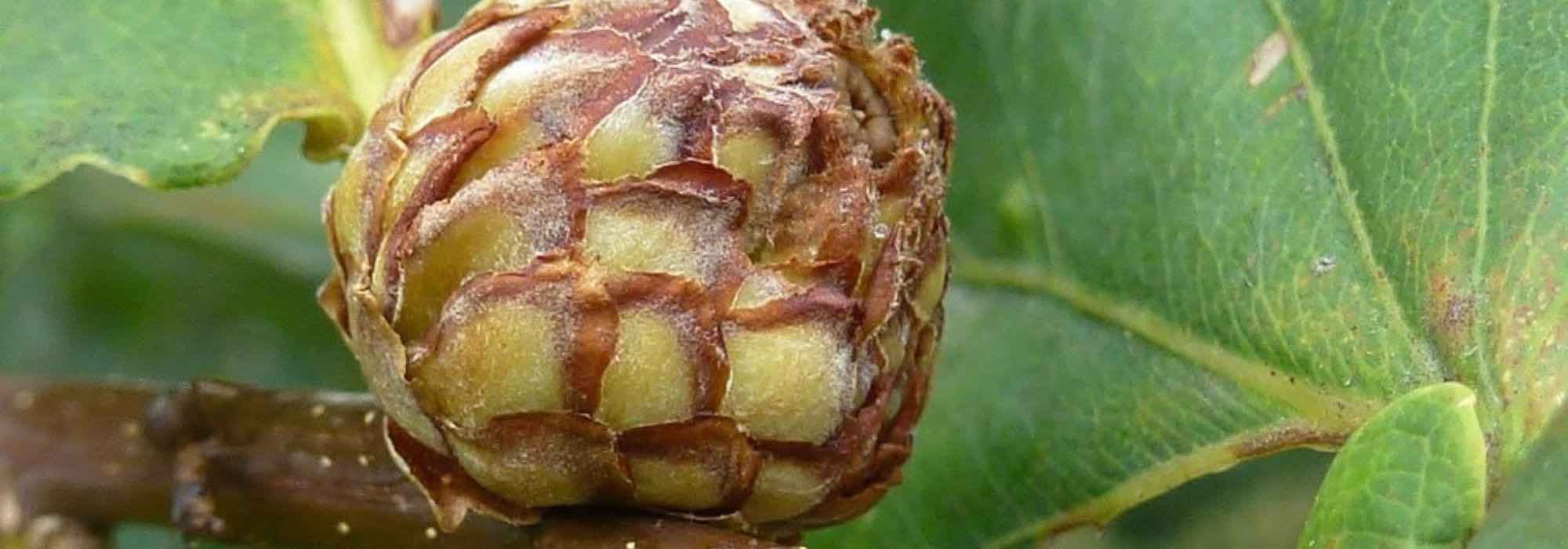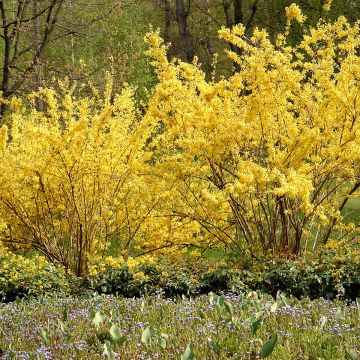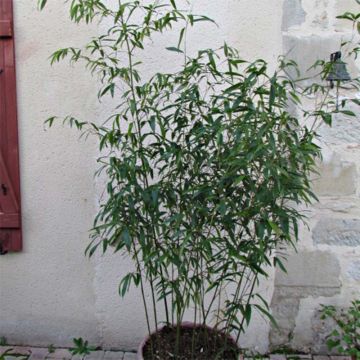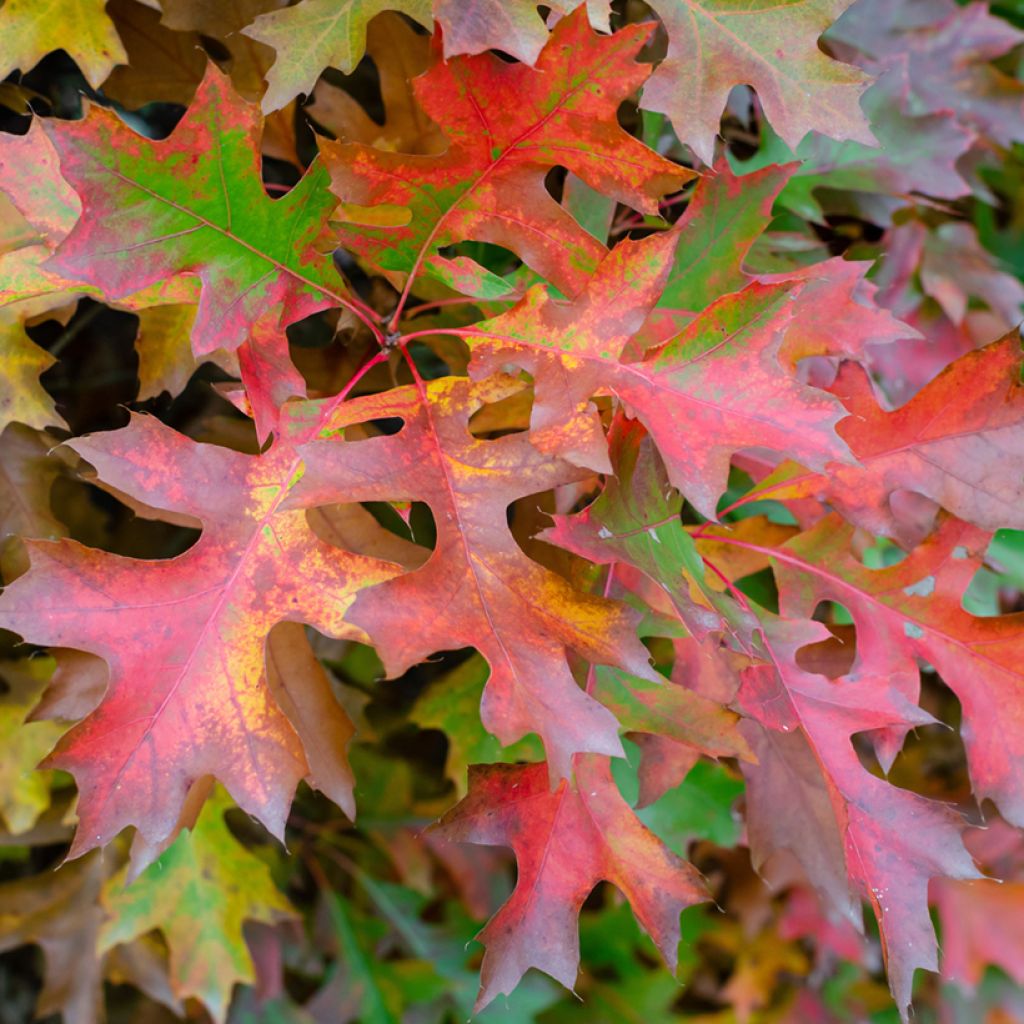

Quercus palustris Isabel - Pin Oak
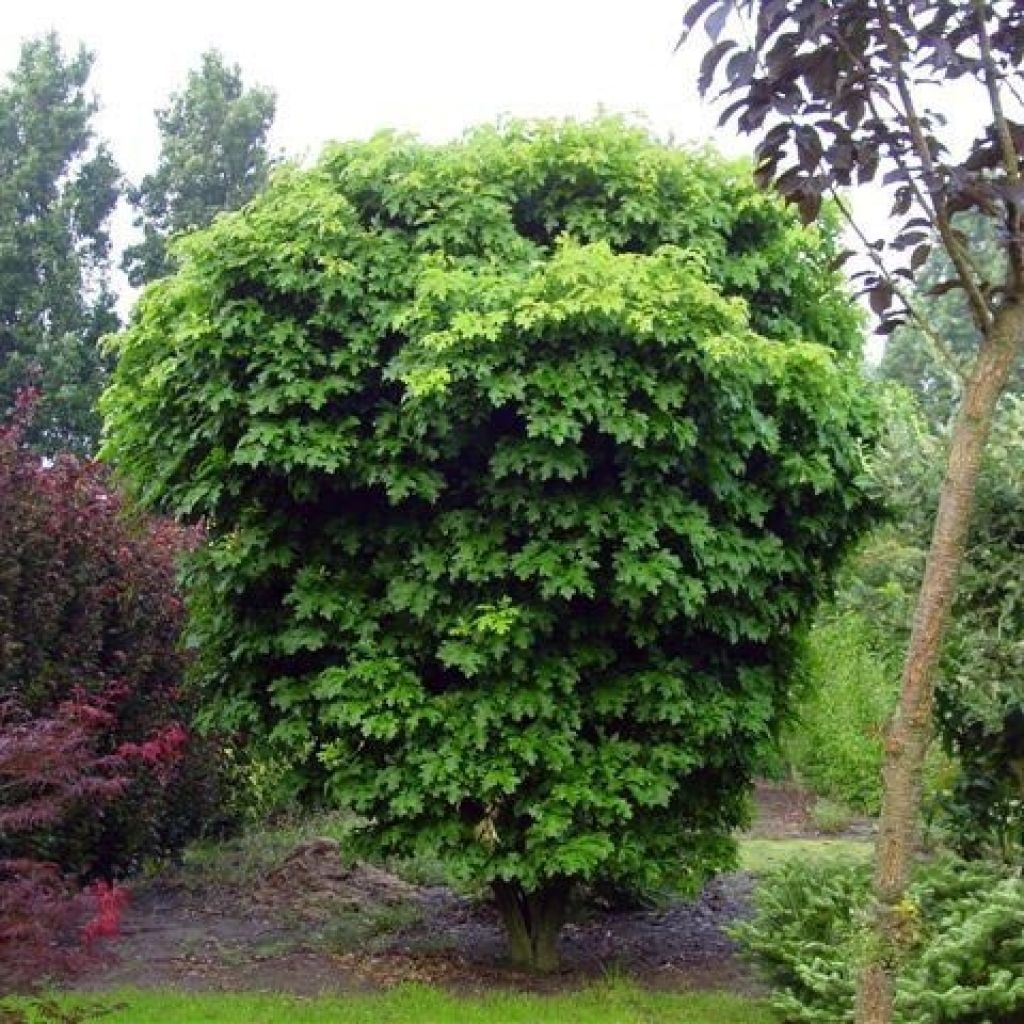

Quercus palustris Isabel - Pin Oak
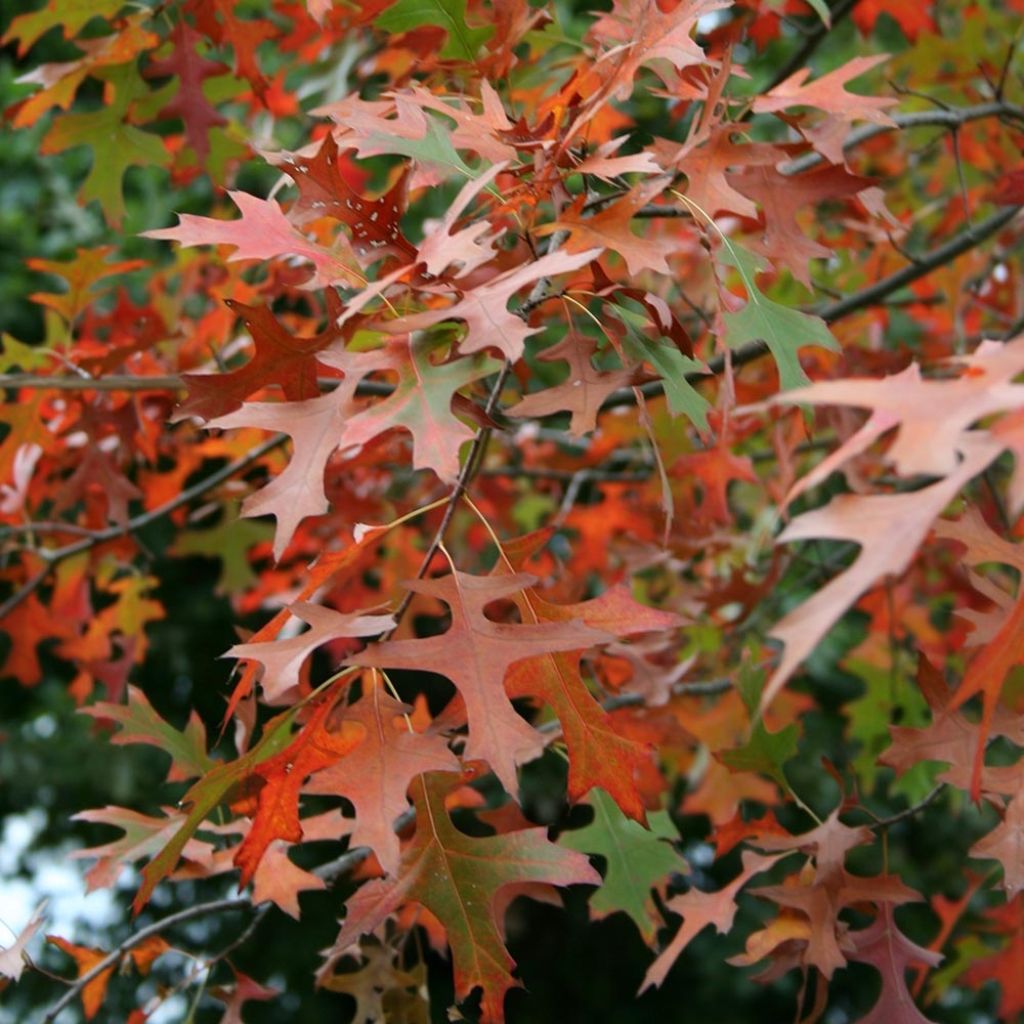

Quercus palustris Isabel - Pin Oak
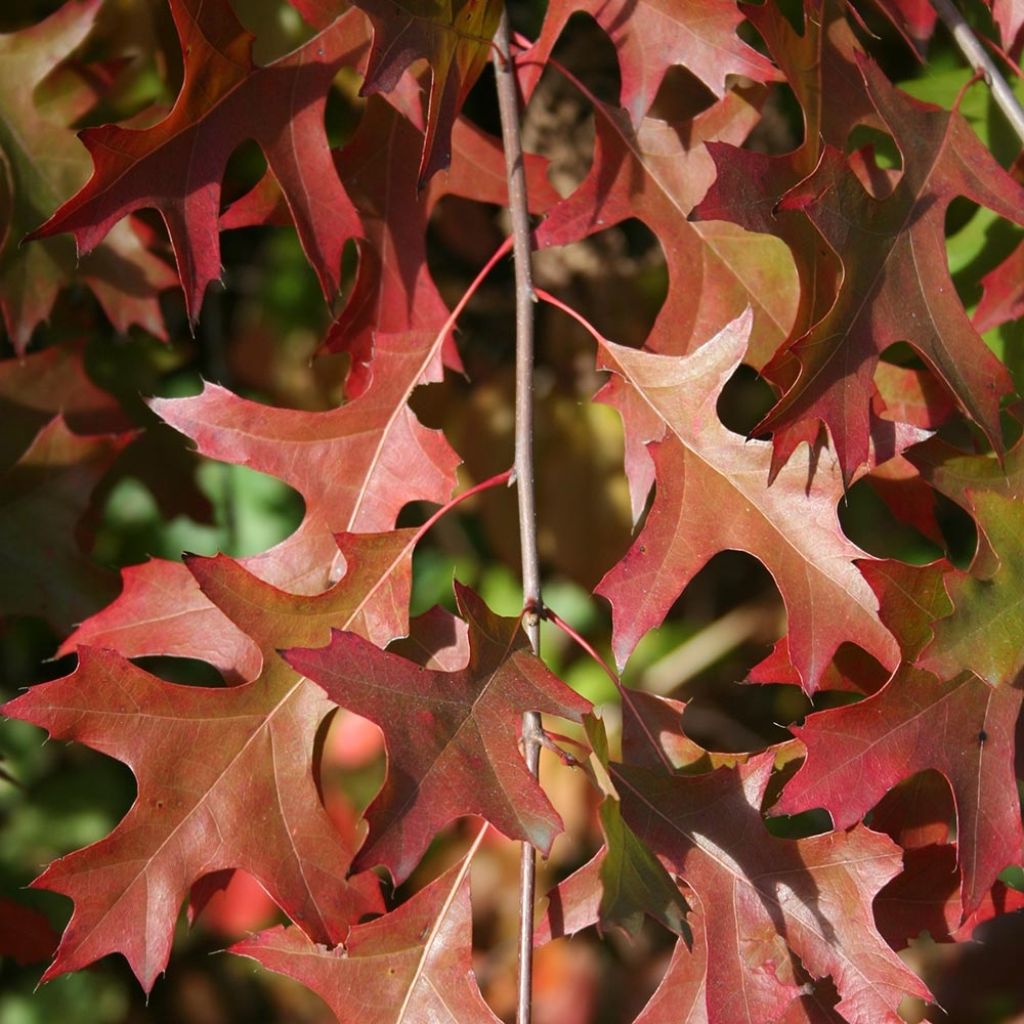

Quercus palustris Isabel - Pin Oak
Quercus palustris Isabel - Pin Oak
Quercus palustris Isabel
Pin Oak, Swamp Oak
Special offer!
Receive a €20 voucher for any order over €90 (excluding delivery costs, credit notes, and plastic-free options)!
1- Add your favorite plants to your cart.
2- Once you have reached €90, confirm your order (you can even choose the delivery date!).
3- As soon as your order is shipped, you will receive an email containing your voucher code, valid for 3 months (90 days).
Your voucher is unique and can only be used once, for any order with a minimum value of €20, excluding delivery costs.
Can be combined with other current offers, non-divisible and non-refundable.
Home or relay delivery (depending on size and destination)
Schedule delivery date,
and select date in basket
This plant carries a 24 months recovery warranty
More information
We guarantee the quality of our plants for a full growing cycle, and will replace at our expense any plant that fails to recover under normal climatic and planting conditions.

Would this plant suit my garden?
Set up your Plantfit profile →
Description
Quercus palustris 'Isabel' is a new miniature form of the magnificent marsh oak, a wonderful variety that allows owners of small gardens to bring in all the splendor of Indian summer. With a remarkably compact habit, this shrub is adorned with foliage that has nothing to envy to that of its illustrious parent: its leaves, slightly smaller but beautifully cut and lobed, take on the same rich autumnal colours, blending deep red and bronze. While it is undemanding, the 'Isabel' pin oak will offer its most beautiful display in slightly acidic to neutral soil, and will thrive better in light soils that are not too clayey.
Native to the eastern and central United States, Quercus palustris is a large tree of the beech family, which can reach a height of 20 to 25m (65ft 7in to 82ft) with a spread of 12m (39ft 5in), with a conical habit. The cultivar 'Isabel' is a natural mutation of the pin oak recently obtained in the Netherlands. On average, this selection will reach 2.75m (9ft) in all directions at maturity and will not exceed 3m. Its habit is rounded and bushy, highly branched, slightly open, with the crown often wider than the base of the plant. The leaves, glossy, deeply divided into 5 to 7 lobes, somewhat resemble those of maples. They measure less than 10cm (3.9in) in length and 5-6cm (2-2.4in) in width. A lime green in spring, they darken in summer, and turn slightly brown before taking on magnificent autumnal hues that remain decorative for several weeks. Almost marcescent, the dry and brownish foliage persists on the branches for quite some time. This oak flowers quite early in spring, then produces a few almost round acorns in two years. Its bark is smooth, greyish, and its branches give rise to numerous slender and more or less thorny twigs that have earned it its name of 'pin oak'.
The 'Isabel' pin oak grows in any rich, well-drained soil, preferably without limestone, in an open position where it will be visible from afar. This miniature variety will express its full potential as a specimen placed not far from the house, in a shrub bed or even in a large container on the terrace. To surround it, choose other shrubs with foliage or flowers, the choice is vast: a winged Euonymus (Euonymus alatus 'Compactus'), Spireas with beautiful autumn colours, ground cover roses, dwarf buddleias, or even small silver-leaved willows, for example. This small oak, whose leaves are firmly attached to the twigs, is well suited for windy gardens: it will retain its beautiful autumn colours longer than Japanese maples, for example.
Quercus palustris Isabel - Pin Oak in pictures
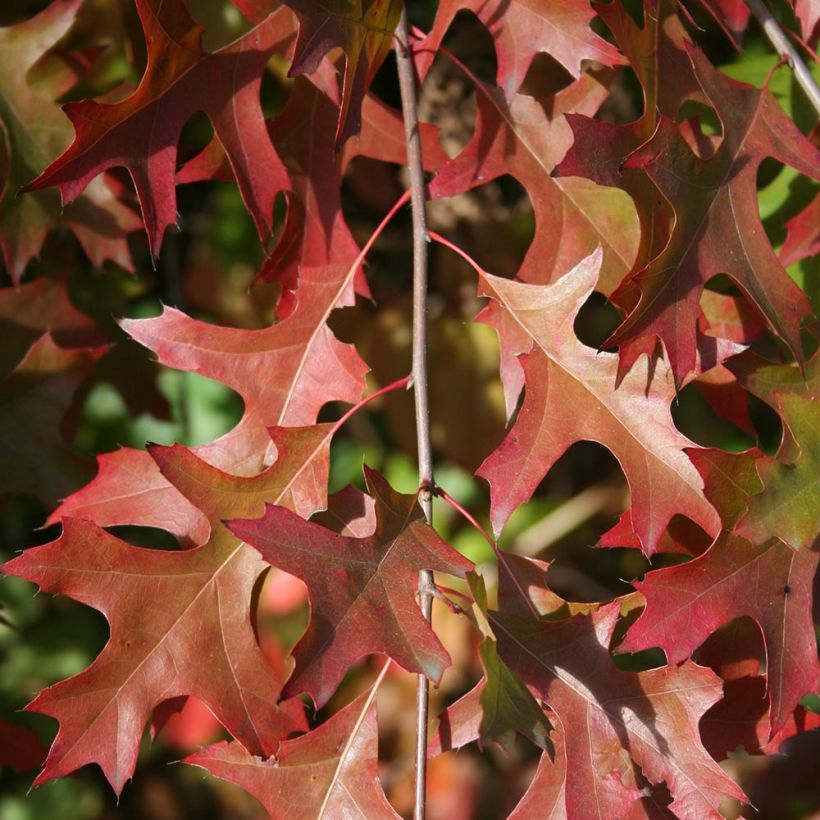

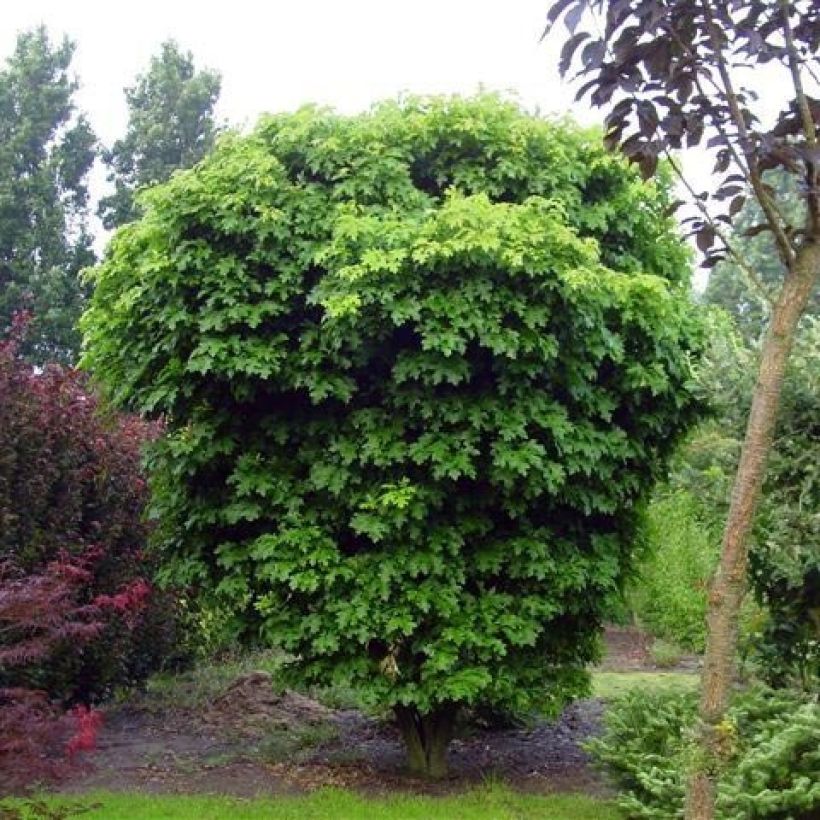

Plant habit
Flowering
Foliage
Botanical data
Quercus
palustris
Isabel
Fagaceae
Pin Oak, Swamp Oak
Cultivar or hybrid
Other Oak
View all →Planting and care
Quercus palustris 'Isabel' is preferably planted in autumn in any rich, deep, well-drained soil, preferably acidic to enhance autumn colours. This tree does not tolerate limestone and/or basic soils well. Avoid very clayey and compact soils as well. It tolerates occasional periods of drought. It should be planted in a sunny location. Stake the young plants and then let nature take its course. Pruning is unnecessary, except for young trees that do not grow in a balanced manner. In February, before the start of vegetation, remove dead or diseased wood, or wood that hinders the habit of the tree.
Planting period
Intended location
Care
Planting & care advice
This item has not been reviewed yet - be the first to leave a review about it.
Similar products
Haven't found what you were looking for?
Hardiness is the lowest winter temperature a plant can endure without suffering serious damage or even dying. However, hardiness is affected by location (a sheltered area, such as a patio), protection (winter cover) and soil type (hardiness is improved by well-drained soil).

Photo Sharing Terms & Conditions
In order to encourage gardeners to interact and share their experiences, Promesse de fleurs offers various media enabling content to be uploaded onto its Site - in particular via the ‘Photo sharing’ module.
The User agrees to refrain from:
- Posting any content that is illegal, prejudicial, insulting, racist, inciteful to hatred, revisionist, contrary to public decency, that infringes on privacy or on the privacy rights of third parties, in particular the publicity rights of persons and goods, intellectual property rights, or the right to privacy.
- Submitting content on behalf of a third party;
- Impersonate the identity of a third party and/or publish any personal information about a third party;
In general, the User undertakes to refrain from any unethical behaviour.
All Content (in particular text, comments, files, images, photos, videos, creative works, etc.), which may be subject to property or intellectual property rights, image or other private rights, shall remain the property of the User, subject to the limited rights granted by the terms of the licence granted by Promesse de fleurs as stated below. Users are at liberty to publish or not to publish such Content on the Site, notably via the ‘Photo Sharing’ facility, and accept that this Content shall be made public and freely accessible, notably on the Internet.
Users further acknowledge, undertake to have ,and guarantee that they hold all necessary rights and permissions to publish such material on the Site, in particular with regard to the legislation in force pertaining to any privacy, property, intellectual property, image, or contractual rights, or rights of any other nature. By publishing such Content on the Site, Users acknowledge accepting full liability as publishers of the Content within the meaning of the law, and grant Promesse de fleurs, free of charge, an inclusive, worldwide licence for the said Content for the entire duration of its publication, including all reproduction, representation, up/downloading, displaying, performing, transmission, and storage rights.
Users also grant permission for their name to be linked to the Content and accept that this link may not always be made available.
By engaging in posting material, Users consent to their Content becoming automatically accessible on the Internet, in particular on other sites and/or blogs and/or web pages of the Promesse de fleurs site, including in particular social pages and the Promesse de fleurs catalogue.
Users may secure the removal of entrusted content free of charge by issuing a simple request via our contact form.
The flowering period indicated on our website applies to countries and regions located in USDA zone 8 (France, the United Kingdom, Ireland, the Netherlands, etc.)
It will vary according to where you live:
- In zones 9 to 10 (Italy, Spain, Greece, etc.), flowering will occur about 2 to 4 weeks earlier.
- In zones 6 to 7 (Germany, Poland, Slovenia, and lower mountainous regions), flowering will be delayed by 2 to 3 weeks.
- In zone 5 (Central Europe, Scandinavia), blooming will be delayed by 3 to 5 weeks.
In temperate climates, pruning of spring-flowering shrubs (forsythia, spireas, etc.) should be done just after flowering.
Pruning of summer-flowering shrubs (Indian Lilac, Perovskia, etc.) can be done in winter or spring.
In cold regions as well as with frost-sensitive plants, avoid pruning too early when severe frosts may still occur.
The planting period indicated on our website applies to countries and regions located in USDA zone 8 (France, United Kingdom, Ireland, Netherlands).
It will vary according to where you live:
- In Mediterranean zones (Marseille, Madrid, Milan, etc.), autumn and winter are the best planting periods.
- In continental zones (Strasbourg, Munich, Vienna, etc.), delay planting by 2 to 3 weeks in spring and bring it forward by 2 to 4 weeks in autumn.
- In mountainous regions (the Alps, Pyrenees, Carpathians, etc.), it is best to plant in late spring (May-June) or late summer (August-September).
The harvesting period indicated on our website applies to countries and regions in USDA zone 8 (France, England, Ireland, the Netherlands).
In colder areas (Scandinavia, Poland, Austria...) fruit and vegetable harvests are likely to be delayed by 3-4 weeks.
In warmer areas (Italy, Spain, Greece, etc.), harvesting will probably take place earlier, depending on weather conditions.
The sowing periods indicated on our website apply to countries and regions within USDA Zone 8 (France, UK, Ireland, Netherlands).
In colder areas (Scandinavia, Poland, Austria...), delay any outdoor sowing by 3-4 weeks, or sow under glass.
In warmer climes (Italy, Spain, Greece, etc.), bring outdoor sowing forward by a few weeks.






























